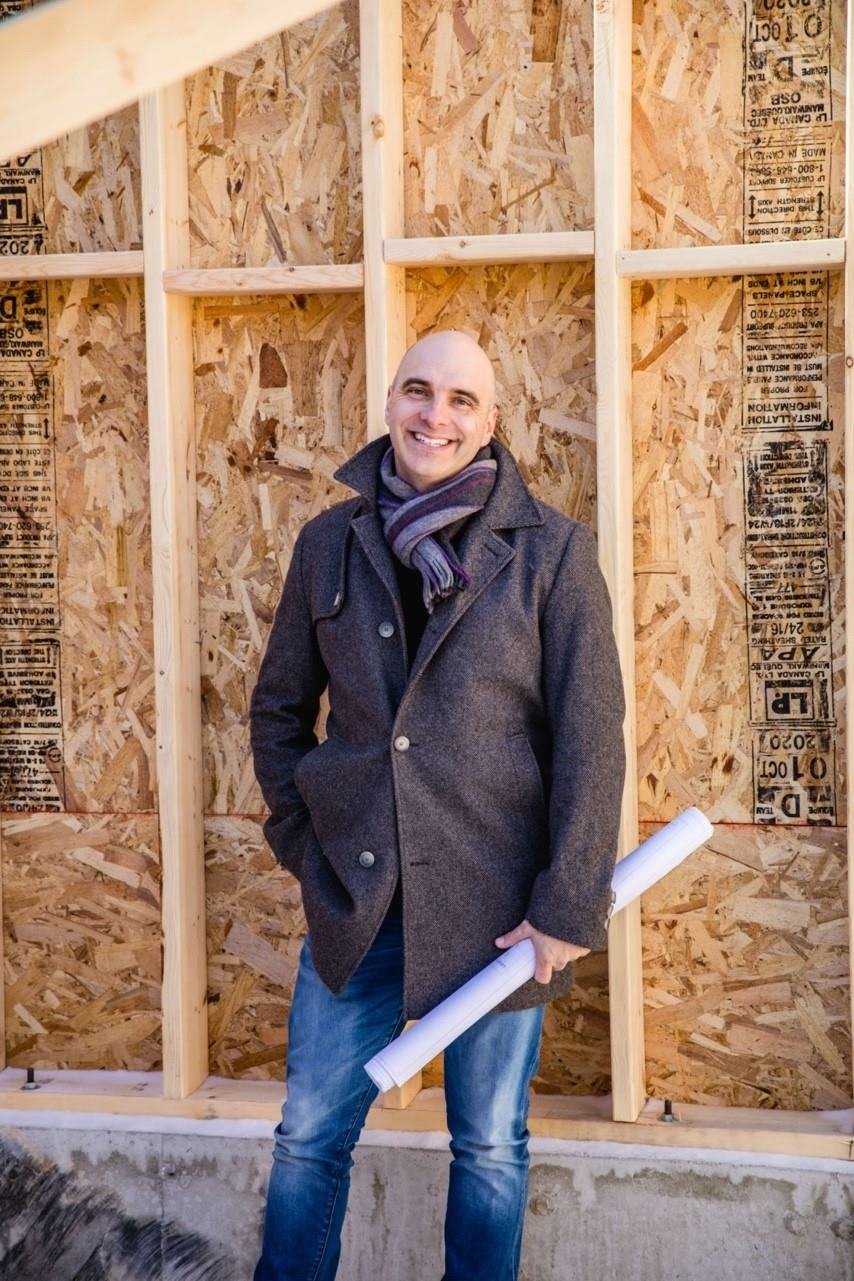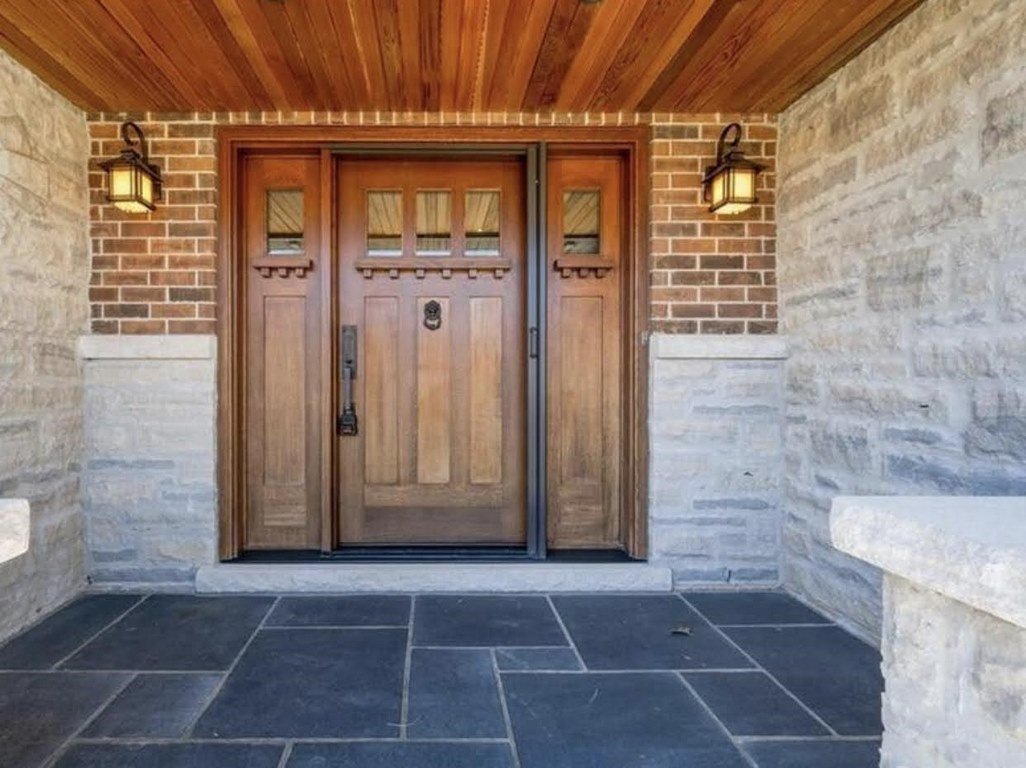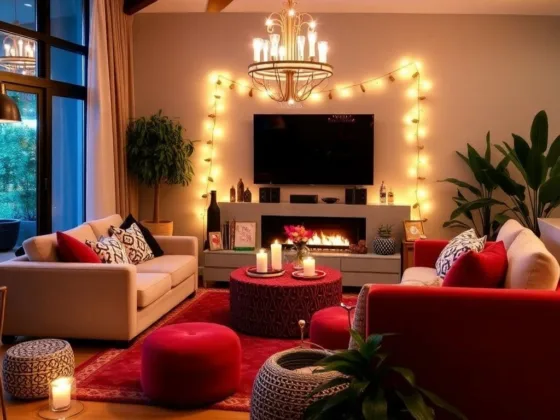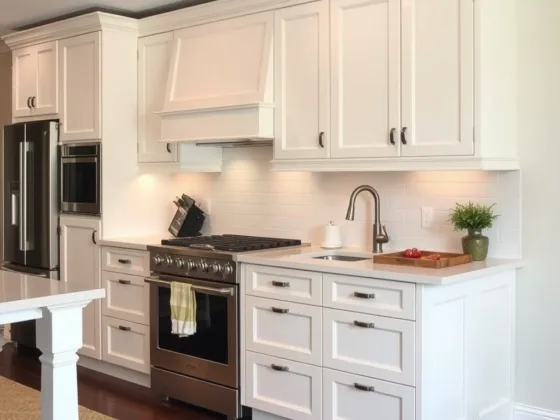Table of Contents Show
Jacob Baranski found the experience of planning and building his own customized home to be frustrating, stressful, expensive, and lengthy. And he’d do it all again.
Being able to live in his dream home is even better than he could have imagined, and he recommends it to anyone with the resources and wherewithal to deal with all the complications and confusion that comes from it. But he knows there are some important things to know before going in.

The Weird Realities of the Dream Home Building Process
Oddly enough, if you want to build your dream home, Jacob Baranski recommends giving up on the exact idea of your dream home.
He has come to understand the unavoidable gaps between what may be in the homeowner’s imagination, what’s on an architect’s blueprints, and what contractors can actually make for you.
Anyone who has had to bring a big project into reality, as Jacob Baranski has in his entrepreneurial career, will understand. Without endless resources for every aspect of a project, compromises will need to be made.
Jacob Baranski learned that complications and delays are inevitable, and to properly gird yourself for them.
Foundations get dug out in the wrong place, supplies are out of stock, skilled technicians are busy with other projects. And the pandemic has created supply chain clogs and backlogs. So think of it all as a way to practice your patience.
While it can feel as if the vision of your dream home is being compromised along the way, accept that compromise is necessary for your dream home to become real.
So, as you make the hundreds, if not thousands of decisions along the way, ask yourself some basic questions: How much does a change impact the overall design? Does it interfere with the practical aspects of the house, like utilities and layout? How easy would it be to fix/update later? This is where proper prep work can save you a massive amount of grief later on.
The Importance of Prompt, Personal Communication
While building his dream home, Jacob Baranski felt the urge to just ‘get on with things. He had a vision and wanted to see it become reality as soon as possible. Homeowners often want to take on everything themselves and carry every single burden, but no one builds a house alone.
Jacob quickly realized that it takes a team that works well together to build correctly. And that means constant communication and care coordination.
Jacob Baranski started with the right architect. Everyone wants one with heaps of design skills and great imagination, but every builder should consider: do they answer your questions quickly? Do they brush off details? And during construction:
Do you trust your contractors? Do they communicate progress regularly? Are they honest about delays and supply problems? Do they follow the details of your vision, or do they ignore you? Poor communication leads to bad outcomes, often in places you least expect them.
Read Also:
Septic systems, for example. Septic systems are usually designed and planned by architects and builders but are actually built and installed by a plumbing/septic specialist.
They require extensive planning and communication between multiple partners and public planning offices. It may be necessary for you, your architect, your contractor, and the septic installer to visit the site as a group and plan things out.
Otherwise, you could be reaching the end of your build, only to be informed that your septic system is impossible to install.
Little Details, Big Impact
Small details can have a huge impact on how efficiently and cheaply your customized home is built, and how closely it hews to your original vision.
Here are some of the little (but important!) things Jacob Baranski learned in the process of building his customized home:
Concrete
Specify where on your foundation you would like finished concrete. Many modern homes feature these smooth, clean surfaces as part of the overall aesthetic and design, but the builder will leave the concrete of the foundation rough unless you specify.
Humans for Scale
When your architect is creating the initial plans for your home, ask them to include a generic, scaled human form in the drawings.
Many architects already do this, as it provides an easy way to understand basic, very important things like the narrowness of hallways and staircases, or the overall size of high-use areas like living rooms.
Furniture Early
Have a general idea of the size and type of furniture you would like in your home. Tell your architect and builder as well, as it can clarify the overall vision and ‘feel’ of a place, and make future decision-making easier.
For example, knowing you want an abundance of bookshelves gives the architect the option of including built-in shelving or customizing one room as a library. Get your kids’ input on what they’d like in their own spaces. What they come up with might surprise and inspire you.
Up, or Down
An expensive but incredibly utilitarian choice may be to include a simple elevator in your plans. It may seem extravagant, but if you have a taller townhouse-style dwelling, it is more practical to have that option.
Especially if older parents or family members may have to move in. An elevator allows everyone accesses to every level of a house, improves mobility options, and obviates the risk of falling that can be so dangerous to the elderly.
Stay Off Pinterest
Don’t go overboard on Pinterest, Houzz, or other design websites. They can be fun and inspiring but are designed to keep you endlessly engaged.
This can lead to a form of ‘analysis paralysis’ where the accumulation of nearly-unlimited design and decorating ideas leave you overwhelmed. Pick a few key ideas and pieces, and stay flexible.
Conclusion
Jacob Baranski found the endless juggling act of customized home building to be a bit exhausting, but entirely worth it. He had to simultaneously give the project maniacal attention to detail while keeping an eye on the big picture.
He recommends, after finishing this article, reading many others on the subject. Gather all the information you can in order to make smart choices that will save you time and stress. A customized home built from scratch is a dream come true. Be sure to get it right.
Author Bio:
Jacob Baranski has 20 years of experience in the wood and construction industries. He is passionate about real estate and the application of modern design. His other interests include traveling, mountain biking, meditating, and practicing yoga.












